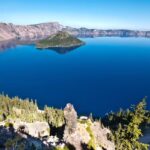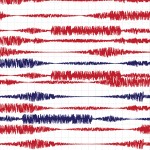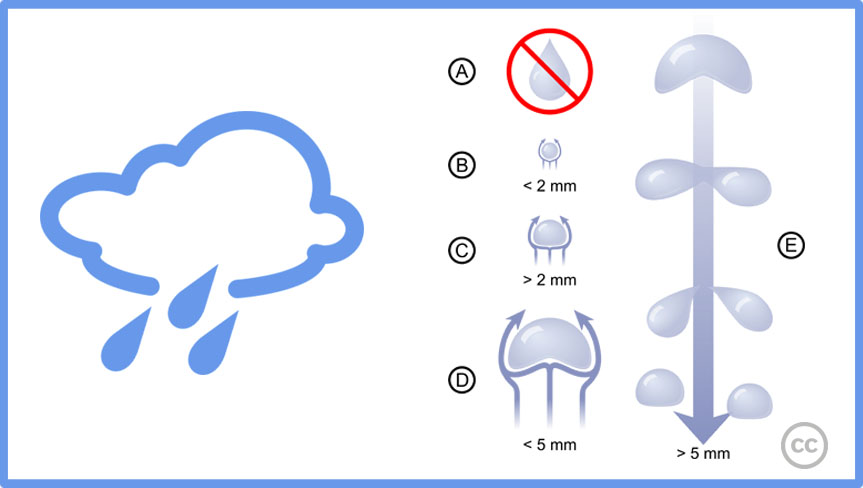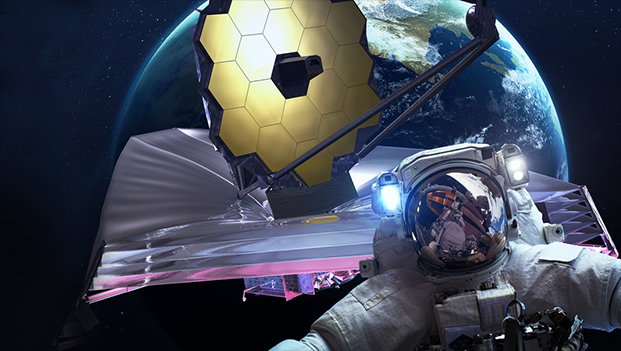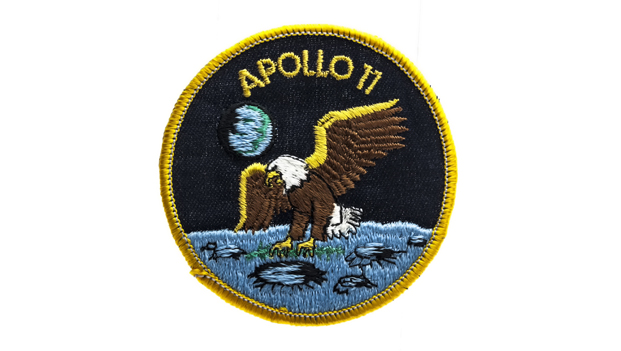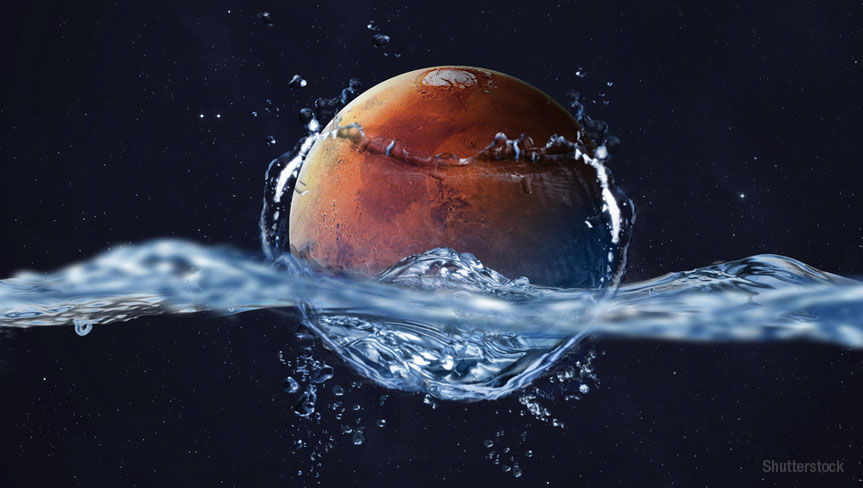
Perhaps the biggest extraterrestrial lake: Planet Mars
Utopia Planitia is the largest recognized impact basin on planet Mars. Recent researches conducted by the Shallow Radar (SHARAD) instrument have discovered aqueous deposit underneath. The thickness of this deposit ranges from 80 metres to 170 metres below the surface of the planet. The content is spread in an area much greater than that of the seven sister states…

